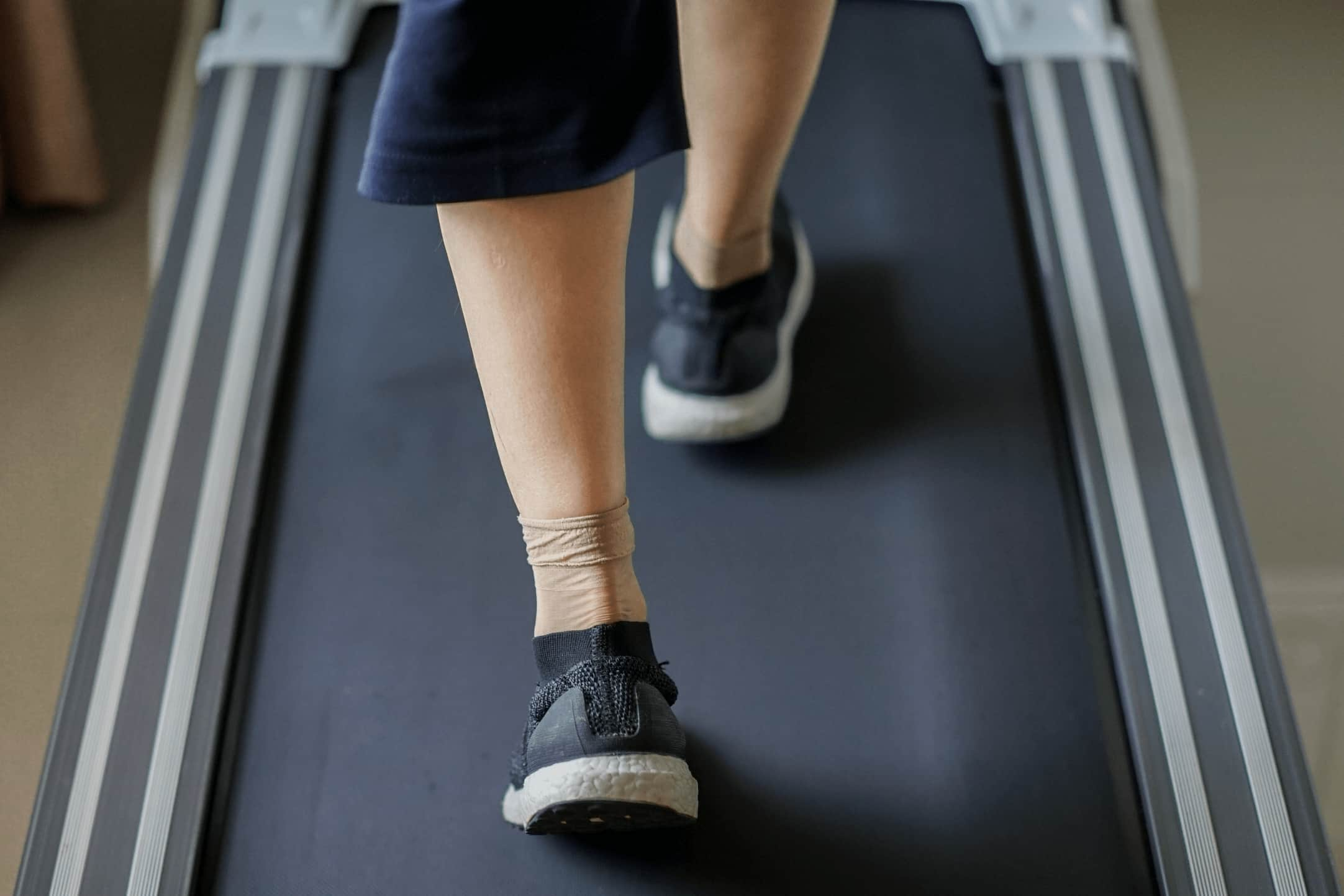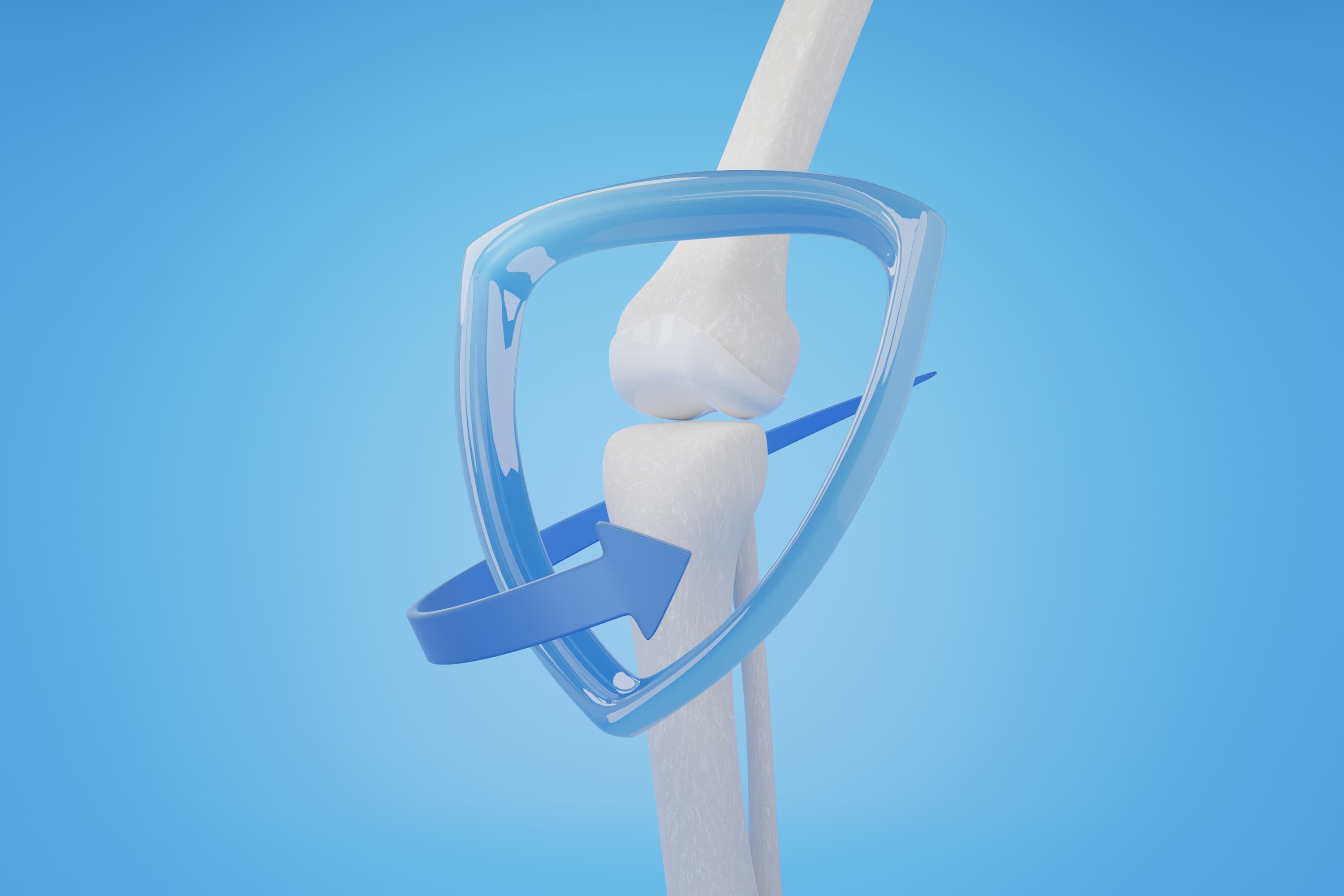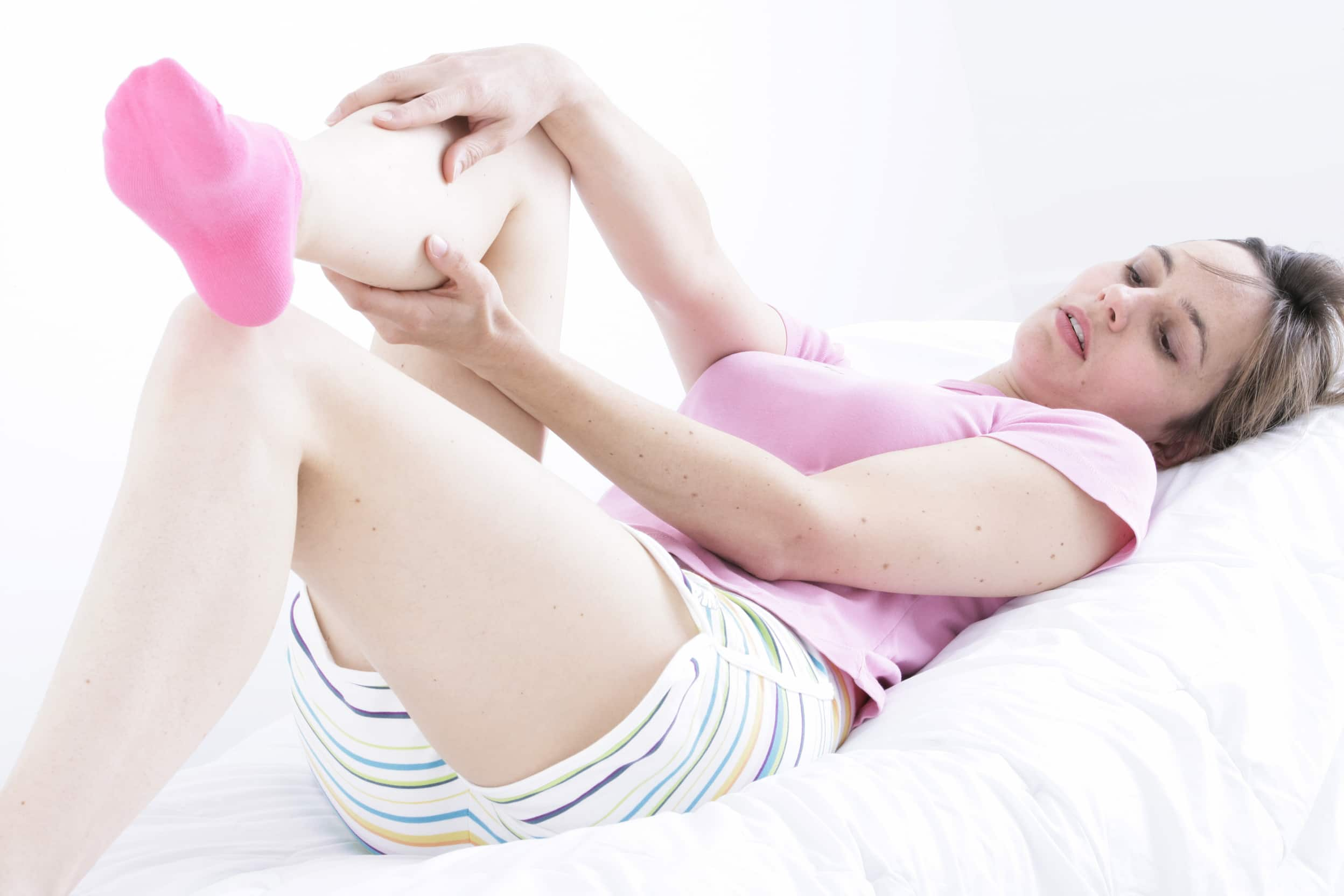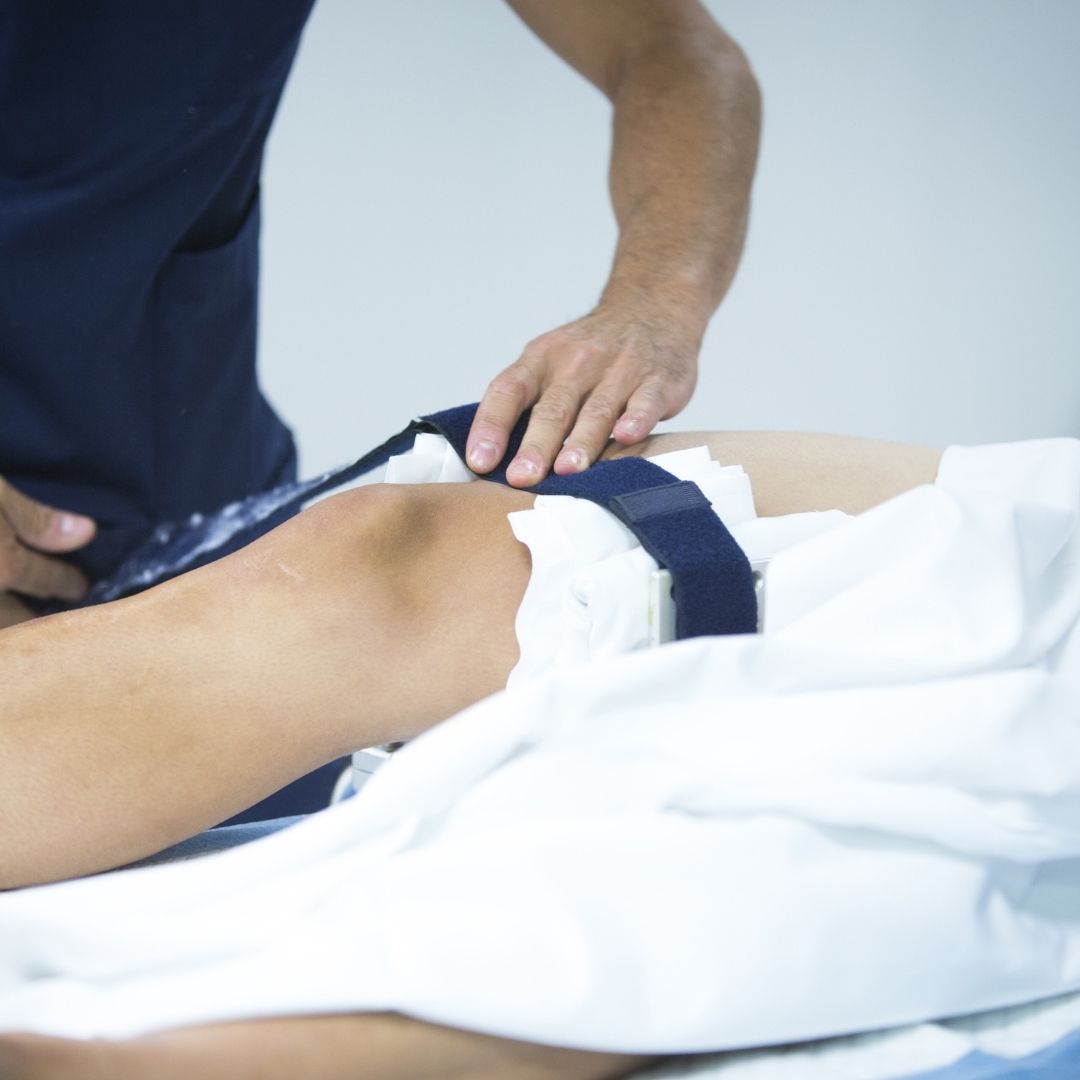
Effects of Exercise on Arthritis
Arthritis is a condition that affects millions of people around the world. It is a chronic inflammatory disease that primarily affects the joints, causing pain, stiffness, and swelling. Many people with arthritis believe that exercise will make their symptoms worse, and as a result, they avoid physical activity altogether. However, research shows that exercise can be extremely beneficial for arthritis sufferers.
Regular exercise has been shown to improve joint flexibility, increase strength, and reduce pain and inflammation associated with arthritis. It also helps to maintain a healthy weight, which is important for reducing stress on the joints. Despite these benefits, many people with arthritis are still hesitant to exercise because they fear that it will cause more harm than good.
One of the biggest misconceptions about exercise and arthritis is that it will make the condition worse. This is simply not true. While it is true that exercise can be uncomfortable and even painful at times, it is important to remember that the benefits far outweigh the risks. Exercise can help to reduce joint pain and stiffness, improve range of motion, and strengthen the muscles around the joints.
Many different types of exercise can be beneficial for people with arthritis. Low-impact activities such as walking, cycling, swimming, and yoga are all excellent options. These activities are gentle on the joints and can help to improve flexibility, balance, and overall fitness.
Strength training is also important for people with arthritis. By strengthening the muscles around the joints, it can help to reduce pain and improve function. Resistance bands, free weights, and weight machines are all effective tools for strength training.
Stretching is another important component of an exercise program for arthritis sufferers. Stretching can help to improve joint flexibility and reduce muscle tension. It is important to stretch before and after exercise to prevent injury and improve overall flexibility.
In addition to exercise, a healthy diet is also important for managing arthritis symptoms. A diet rich in fruits, vegetables, lean protein, and whole grains can help reduce inflammation and improve overall health.
In conclusion, exercise can be extremely beneficial for people with arthritis. Regular physical activity can help to improve joint flexibility, increase strength, and reduce pain and inflammation. It is important to choose low-impact activities and to start slowly, gradually increasing the intensity and duration of exercise over time. By incorporating exercise into their daily routine, people with arthritis can improve their overall health and quality of life. Remember, move to improve!
How Much Activity Do You Need If You Have Arthritis?
The amount of exercise that is recommended for people with arthritis varies depending on the individual’s health and level of fitness. The American College of Rheumatology recommends that people with arthritis engage in at least 150 minutes of moderate-intensity exercise each week. This can be broken down into 30-minute sessions, five days a week.
However, it is important to note that this recommendation is a general guideline, and some people with arthritis may need to start with less activity and gradually increase their level of exercise over time. It is important to work with a healthcare provider or a physical therapist to develop an exercise program that is safe and effective.
Low-impact activities such as walking, cycling, swimming, and yoga are all excellent options for people with arthritis. These activities are gentle on the joints and can help to improve flexibility, balance, and overall fitness. Strength training is also important for people with arthritis, as it can help to reduce pain and improve function.
It is important to listen to your body when engaging in physical activity. If you experience pain or discomfort during exercise, it is important to stop and rest. It may be necessary to modify or adjust the exercise program to better suit your individual needs.
In addition to exercise, it is important to maintain a healthy weight and eat a well-balanced diet. Excess weight puts extra stress on the joints, which can exacerbate arthritis symptoms. A diet rich in fruits, vegetables, lean protein, and whole grains can help to reduce inflammation and improve overall health.
In conclusion, exercise is an important component of managing arthritis symptoms. The amount of exercise needed varies depending on the individual, but the general recommendation is at least 150 minutes of moderate-intensity exercise each week. Low-impact activities such as walking, cycling, swimming, and yoga are all excellent options. Strength training is also important for reducing pain and improving function. It is important to work with a healthcare provider or physical therapist to develop a safe and effective exercise program. Remember, every little bit of activity counts!

How Can You Work Out without Hurting Your Arthritis?
Engaging in regular physical activity can be extremely beneficial for people with arthritis. However, it is important to exercise safely and avoid activities that can exacerbate arthritis symptoms. Here are some tips for working out without hurting your arthritis:
Choose low-impact activities: Low-impact activities such as walking, cycling, swimming, and yoga are all excellent options for people with arthritis. These activities are gentle on the joints and can help to improve flexibility, balance, and overall fitness.
Warm-up and stretch: It is important to warm up before exercise to prepare the muscles and joints for activity. A gentle warm-up such as walking or cycling can help to increase blood flow and reduce the risk of injury. Stretching before and after exercise can also help to improve joint flexibility and reduce muscle tension.
Modify exercises to suit your needs: It may be necessary to modify or adjust exercises to better suit your individual needs. For example, using a cushioned mat or chair for support during yoga can help to reduce stress on the joints.
Use proper technique: Using proper technique during exercise can help to reduce the risk of injury and prevent arthritis symptoms from worsening. It is important to work with a healthcare provider or physical therapist to learn proper techniques for exercise.
Take breaks: It is important to take breaks during exercise to rest and recover. If you experience pain or discomfort during exercise, it is important to stop and rest.
Gradually increase activity level: It is important to start with a low level of activity and gradually increase the intensity and duration of exercise over time. This can help to prevent injury and improve overall fitness.
Consider working with a healthcare provider or physical therapist: Working with a healthcare provider or physical therapist can help to develop a safe and effective exercise program that is tailored to your individual needs.
In conclusion, working out can be a safe and effective way to manage arthritis symptoms. It is important to choose low-impact activities, warm up and stretch, modify exercises to suit your needs, use proper technique, take breaks, gradually increase your activity level, and consider working with a healthcare provider or physical therapist. By exercising safely and consistently, people with arthritis can improve their overall health and quality of life.
The Study of Effects of Exercise on Arthritis
In a recent study published in the Journal of Arthritis Research, researchers conducted a randomized controlled trial to investigate the effects of a 12-week exercise program on arthritis patients. The study involved participants with various types of arthritis, including osteoarthritis and rheumatoid arthritis. The results of the study indicated that the exercise program led to significant improvements in joint flexibility, strength, and pain reduction. Participants who engaged in low-impact activities such as swimming and yoga experienced the most significant benefits. The study also highlighted the importance of listening to the body, proper warm-up and stretching, and working with a physical therapist to manage pain during exercise.
How Do You Handle Pain During or After Exercise?
Pain during or after exercise can be a common experience for people with arthritis. It is important to know how to manage this pain to continue to exercise safely and effectively. Here are some tips for handling pain during or after exercise:
Listen to your body: It is important to listen to your body and pay attention to any pain or discomfort during exercise. If you experience pain or discomfort, it may be necessary to modify or adjust the exercise program to better suit your individual needs.
Use hot or cold therapy: Applying heat or cold to the affected joint can help to reduce pain and inflammation. Ice packs can be used after exercise to reduce inflammation and pain. Heat therapy, such as warm showers or heating pads, can be used before exercise to loosen up the joints and reduce stiffness.
Take medication as prescribed: If over-the-counter pain relievers are not effective in managing pain, it may be necessary to take prescription medications as prescribed by a healthcare provider.
Rest and recover: It is important to take breaks during exercise to rest and recover. If you experience pain or discomfort during exercise, it is important to stop and rest. Resting can help to reduce inflammation and allow the joints to recover.
Work with a physical therapist: Working with a physical therapist can help to develop a safe and effective exercise program that is tailored to your individual needs. A physical therapist can also teach you techniques to manage pain during exercise, such as proper form and breathing techniques.
Consider alternative forms of exercise: If pain during or after exercise continues to be a problem, it may be necessary to consider alternative forms of exercise, such as swimming or water aerobics. These activities are low-impact and gentle on the joints.
Healthy Turkiye Notes
People who have arthritis often report experiencing pain either during or after physical activity. This is a common symptom of the condition. It is essential to pay attention to what your body is telling you, utilize hot or cold therapy, take medicine exactly as directed, get enough rest and recuperation, engage with a physical therapist, and think about other ways to work out. Those who suffer from arthritis can continue to exercise without risk to their health provided they have good pain management, which in turn improves their quality of life and general health.



